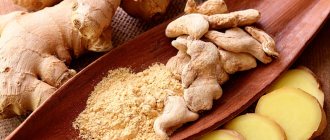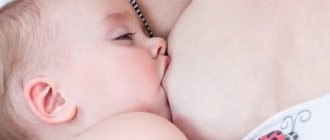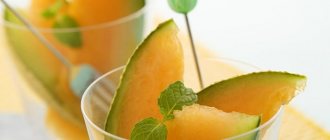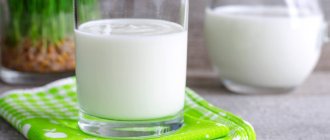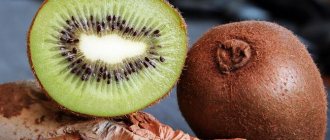Useful elements in herring
Herring is an invaluable source of vitamins and minerals, Omega 3 acids, necessary for the full functioning of all internal organs and systems. Eating this nutritious fish helps the mother increase the fat content and value of breast milk, which ensures the active development of the child.
Composition and beneficial properties of herring:
- Vitamins A, B, D - increase immunity, protect the body from viruses, infections, improve the functioning of the nervous system.
- Omega3 saturated fatty acids strengthen the child’s skeletal elements, improve metabolism, the functioning of the cardiovascular system, and normalize cholesterol levels in the blood.
- Iodine – improves the functioning of the thyroid gland, as well as the endocrine system as a whole.
- Selenium – has an antioxidant effect, inhibits the processes of premature aging of cells, and is considered an effective prevention of cancer.
- Contains an optimally balanced amount of proteins and fats, improving digestion and stimulating metabolism.
The reasons why you can eat herring while breastfeeding lie in its unique biochemical composition. Just 200-250 g of fish contains the daily requirement of vitamin D, as well as proteins necessary for both the mother’s body, weakened after childbirth, and the baby.
When answering whether a nursing mother can eat herring, doctors emphasize that this healthy product must be present in the diet during breastfeeding, but in limited quantities.
Useful properties of herring
Herring contains elements useful for people:
- vitamins;
- minerals;
- polyunsaturated fatty acids (PUFA).
Vitamins A and D have a positive effect on vision and reduce heart problems. B vitamins improve intestinal function, help cell growth, and increase brain activity [3]. Herring contains a lot of Omega-3 polyunsaturated fatty acids that are essential for health. The body does not produce them on its own, so a person receives PNF only from food. Doctors have proven that Omega-3 strengthens the heart muscles, lowers blood pressure [1], and helps fight depression [2]. Polyunsaturated fatty acids are necessary for the fetus, as they participate in the formation of color vision and the cerebral cortex [4]. In addition, fish contains:
- iron – helps increase hemoglobin in the blood;
- iodine – needed for the functioning of the thyroid gland;
- calcium – required to strengthen teeth and bones.
The beneficial elements that make up the herring family are necessary for a nursing mother and child. However, fish is a fatty product. The main thing is to correctly calculate the consumption rate and refuse in time if the fish causes irritation. After the birth of a child, doctors recommend that a woman carefully monitor her diet and listen to the body’s reactions, because at this moment much of what the mother eats is passed on to the baby through breast milk.
Harm from herring
When answering the question of mothers whether it is possible to salt herring while breastfeeding, doctors recommend taking into account not only the beneficial properties of this fish, but also its possible harm.
Harm of salted herring during lactation:
- like any other food product, fish can cause an allergic reaction in both adults and newborns;
- when salting herring, many manufacturers use preservatives and other synthetic additives, which can cause individual intolerance to the body;
- a large amount of salt in the product causes fluid retention and edema;
- If a lightly salted product is stored incorrectly, the risk of helminthic infestations increases significantly.
When consuming herring while breastfeeding, you need to remember the existing contraindications. This product should not be eaten if you have gastritis, gastric and duodenal ulcers, arterial hypertension, exacerbation of pancreatitis, or kidney disease. Also, this type of fish is not recommended for consumption in diseases of the digestive system, accompanied by an increased level of gastric acidity.
Can a nursing mother eat salted herring - according to the opinion of many therapists, pediatricians, including Dr. Komarovsky, as well as reviews from many nursing mothers, this product can be included in a woman’s menu after childbirth, but in limited quantities.
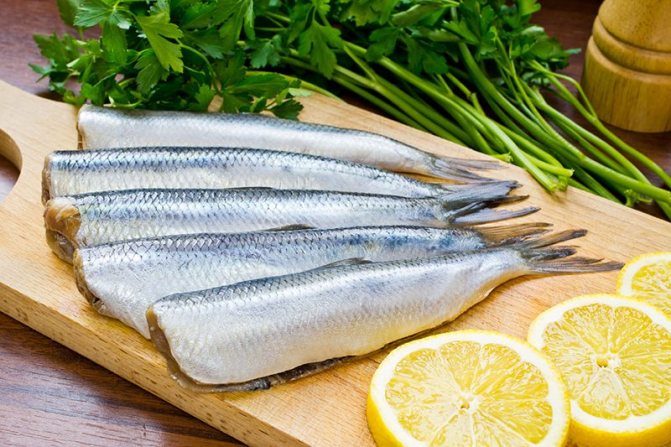
We introduce the product into the diet gradually
So, your baby is already 3 months old, and you want to start slowly eating herring. Start with a small piece - one slice will be enough.
An allergic reaction can occur within three days after eating a new dish. Therefore, for the next three days, you do not introduce anything new into the diet and carefully monitor your child’s condition.
Symptoms that show a nursing mother that a baby should not eat this product are:
- rashes all over the body;
- bloated tummy;
- upset stomach, change in stool.
If at least one of these manifestations occurs, the new product must be removed from the menu. You can try a small piece of fish again in a month, when the child’s gastrointestinal tract is stronger.
Well, if everything worked out well, then you can eat salted fish, but not more than 2 times a week and in limited quantities.
Herring under a fur coat when breastfeeding
Many mothers are interested in whether it is possible to eat herring while breastfeeding in the form of salads, which includes herring under a fur coat. The best option would be to avoid such foods in the first two months of the baby’s life.
The main danger of multi-ingredient salads is that they contain several products, each of which can become a potential allergen for the baby. Most often, such dishes are seasoned with mayonnaise or fatty sauces, which are prohibited from being eaten in the first three months after childbirth.
Herring under a fur coat for nursing women:
- herring fillet – 2 pcs;
- boiled potatoes – 3 pcs;
- small boiled beets – 2 pcs;
- boiled carrots – 2 pcs;
- boiled egg – 1-2 pcs;
- onions – 1 piece;
- dill – ½ bunch.
For mayonnaise:
- chicken eggs – 1-2 pcs;
- spicy mustard – ½ tsp;
- freshly squeezed lemon juice – 1 tsp;
- olive oil – 200 ml;
- granulated sugar and salt - to taste.
Beat the chicken egg with a mixer for 5 minutes, then pour in the olive oil in a thin stream, continuing to beat the mixture. The result should be a homogeneous, creamy mass. Add the remaining ingredients to it, beat for a few more minutes.
To prepare the salad, wash, peel, and boil all the vegetables together with the chicken eggs until tender. Cut the fillet with eggs into small cubes, chop the vegetables using a grater.
Lay out the salad in layers - grated potatoes, chopped onions, fillet, eggs, carrots. The top layer of the dish is grated beets. Sprinkle the finished fur coat with finely chopped dill and let it soak for about an hour in the refrigerator.
Is it possible for nursing mothers to have herring under a fur coat? If prepared correctly, such a dish will not cause any harm to the baby. The salad will become healthy only when natural sour cream or homemade mayonnaise is used to dress it.

Harm from herring during breastfeeding
Many women ask whether a nursing mother can eat herring, because this product is popular in our country. Doctors recommend refraining from consuming this industrially produced product. The reasons are as follows:
- 100 g of herring contain about 14 g of salt, and with breastfeeding it must be consumed in limited quantities.
- Salting of herring on an industrial scale is done using sodium benzoate and other preservatives. These components can negatively affect the health of mother and child.
- If stored improperly in stores, salted fish may harbor maggots and other insects.
- After the birth of a child, many women suffer from edema, high blood pressure and other diseases; accordingly, the amount of salt must be limited. Commercially produced herring contains salt in huge quantities to increase its shelf life.
This does not mean that a nursing mother should completely give up eating fish. It contains fatty acids necessary for beauty and health. But it is better to give preference to boiled or stewed fish, as well as home-salted herring caviar.
How many herrings are there?
A nursing mother can eat herring no earlier than the second month after giving birth. The best option would be your own salted herring, which is introduced into the menu gradually and in small quantities.
If you do not have the opportunity to salt the fish yourself, you can use the finished product. It must be fresh and of high quality. For the first time, it is enough to eat 1-2 pieces of herring, and then carefully observe the newborn’s reaction.
Any negative reactions - stomach colic, stool upset, bloating in the baby indicate that the product was introduced into the diet of a nursing mother too early. The next attempt should be postponed for 3-4 weeks - the baby’s digestive system will be strong enough for a new “acquaintance”.
Provided that it is well tolerated and there are no allergic reactions, it is recommended that a nursing woman consume dishes with herring 1-2 times a week. In this case, you need to monitor the serving size - it should be no more than 200-250 g.
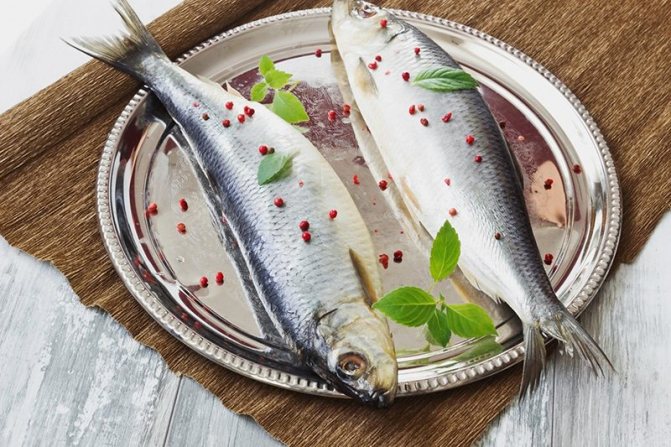
How to eat herring for a nursing mother
Herring is introduced into the diet gradually, in the second month after the birth of the baby. They start with one piece, observing the baby’s well-being. If a negative reaction occurs (intestinal disorders, skin rashes), it is better to temporarily refuse fish and try again after 2-3 months, when the child’s intestines and immune system become more mature.
If the baby feels great, then the portion is increased, but it is not recommended to abuse it. Herring, like all fish, is a highly allergenic product, which in some cases causes a negative reaction in infants. The serving size eaten per day is 200-250 g.
A nursing mother can eat lightly salted, boiled, steamed or baked herring. It is better to avoid pickled herring containing seasonings and vinegar while breastfeeding.
The ideal option is to buy fresh or freshly frozen herring and pickle it yourself at home, using only salt.
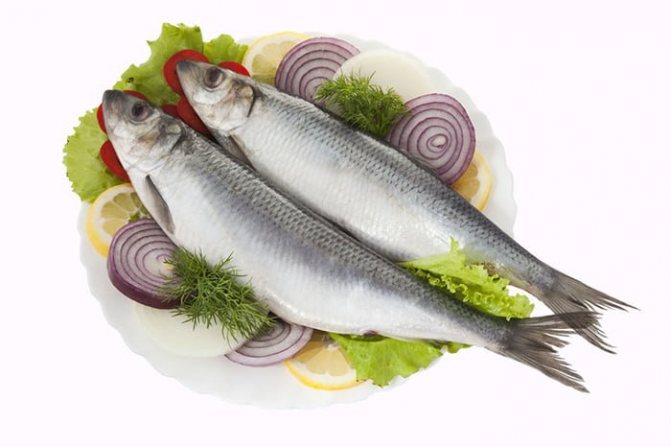
Individual intolerance
When deciding whether a nursing mother can eat salted herring or not, you need to take into account that in rare cases this fish can cause individual intolerance on the part of the child’s body.
To prevent the development of an allergic reaction in a newborn, a woman must completely exclude from her diet all foods related to strong allergens. These are bee products, oranges and other citrus fruits, all exotic fruits, all varieties of seafood and nuts, as well as mushrooms and strawberries.
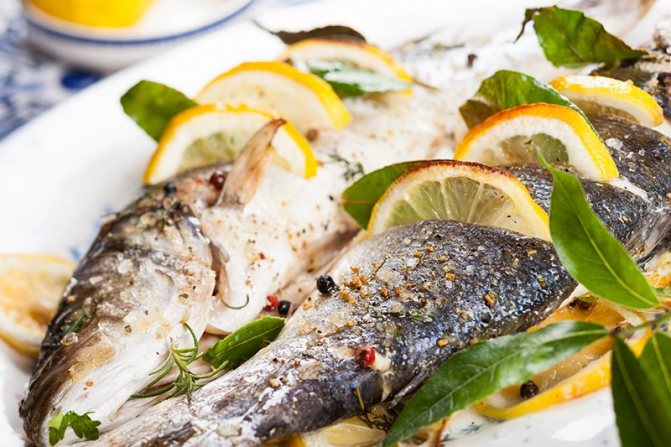
Rules for safe consumption of herring
Herring is introduced into the menu of a nursing woman no earlier than 7-8 weeks after birth. Any new product can be consumed in small quantities, not exceeding 2 pieces, and only if the baby is completely healthy and active. If the baby is bothered by stomach cramps or bloating, it is best to postpone eating dishes with herring for a while.
If the child is feeling well, it is allowed to eat this type of fish 1-2 times a week.
It can be baked or boiled. Smoked herring, which is prepared with a large number of spices and various synthetic additives, flavors and dyes, is prohibited.
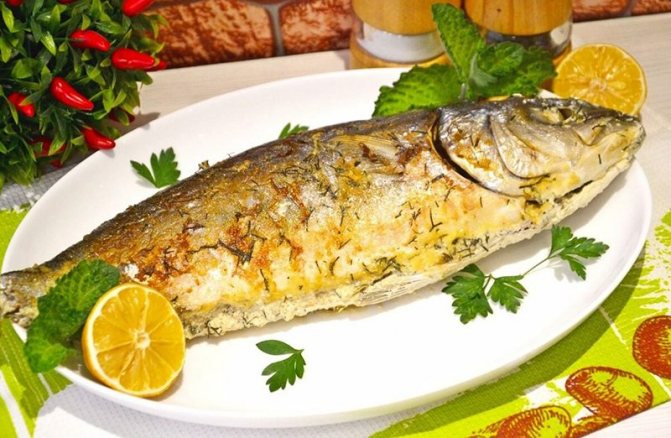
When to exclude herring from the diet
Herring is excluded from the menu of a nursing woman if:
- the baby experiences negative reactions (increased gas formation and colic, the appearance of allergic rashes on the skin);
- a woman has increased acidity of gastric juice, has diseases of the bladder and kidneys, ulcerative lesions of the gastrointestinal tract, swelling appears and blood pressure increases (in these cases, salted and pickled herring is replaced with boiled or steamed).
Subscribe to our VKontakte group
Proper herring dishes
Nursing mothers are advised to consume only herring with a minimum amount of salt, spices, vinegar, mayonnaise and other industrially produced fatty sauces. The most preferable option would be home-cooked fish.
Salting herring is very simple - to do this, you need to pour a fresh frozen or fresh fish carcass with a weak salty brine with the addition of a small amount of saffron, cardamom, fresh or dried dill, and dry mustard. The herring can be salted whole or without the head and entrails.
Self-salting herring:
- To prepare the brine, pour 1 tablespoon of granulated sugar and 3-4 tablespoons of table salt into a container with 1 liter of clean water.
- The carcass must be thoroughly washed, then placed inside an enamel or glass container with a lid.
- After this, fill the fish with brine so that it completely covers it, place it on the refrigerator shelf for 4 days.
An equally tasty and healthy dish for a woman during breastfeeding will be herring cooked in a double boiler, boiled or baked in the oven with a small amount of butter.
How to choose herring
Herring will bring maximum benefit to the body of a nursing woman and a newborn only when the fish is chosen correctly. It should be fresh, of high quality, with shiny, “mirror” scales.
Before purchasing, carefully inspect the carcass or fillet - the product should be smooth, elastic, without traces of mucus. The fish should not have plaque, wounds, ulcers or any damage.
It is best to opt for a whole carcass with red, elastic gills. If the fish is sold with the head, its eyes must be transparent. For consumption, do not use fish that has an unpleasant or strongly spicy odor.
Press the fish with your fingers - if there are dents on its surface that do not disappear for several seconds, you should refuse such a purchase.
Herring is a tasty, valuable, nutritious product that must be included in the diet of a nursing woman. It saturates the body of mother and baby with beneficial vitamins, minerals and fatty acids, ensuring the full functioning of internal organs and good health.

